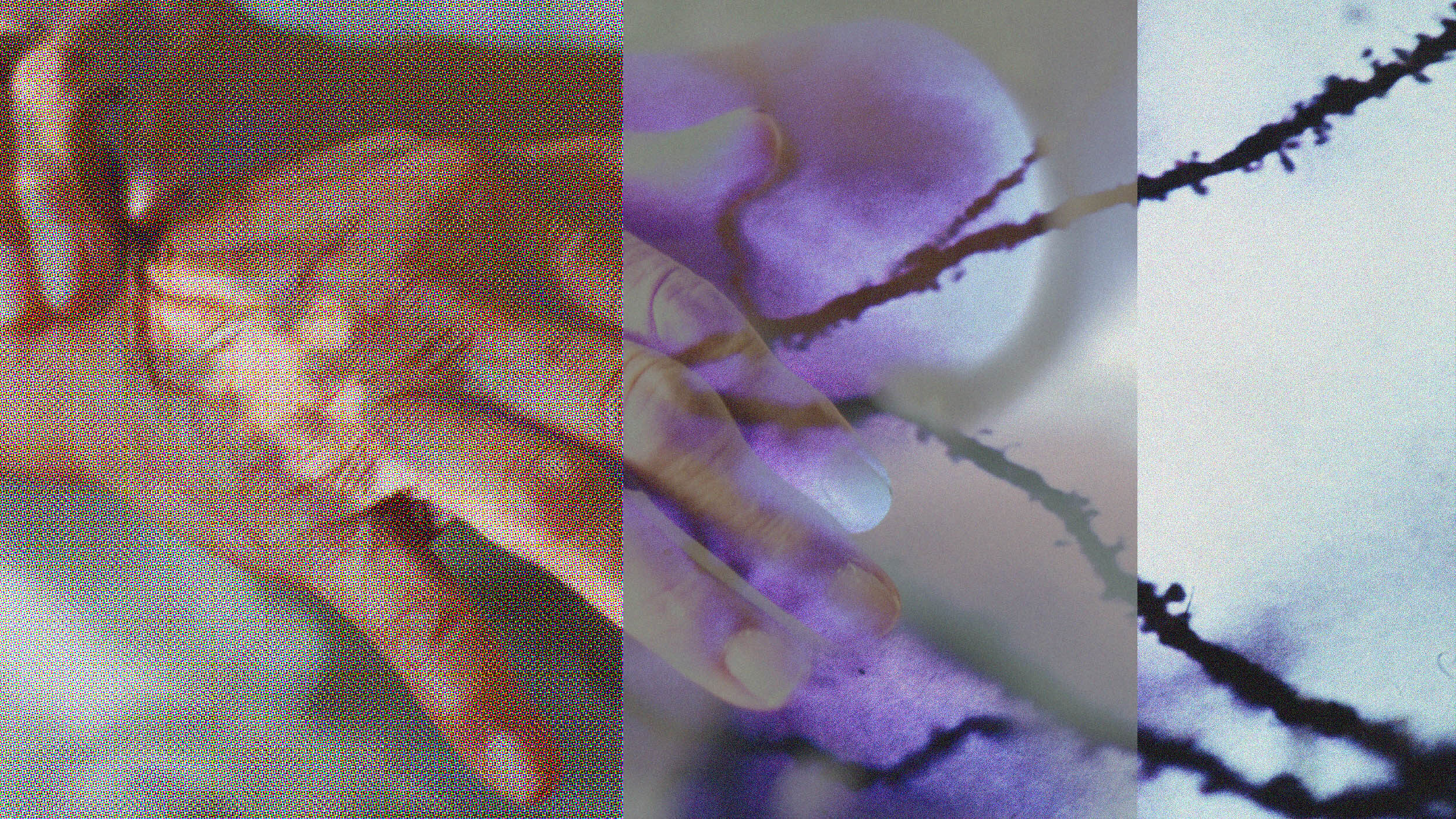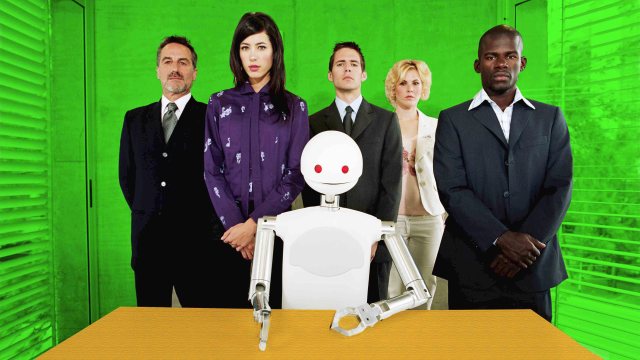How Scientific Publishers Can End Bullying And Harassment In The Sciences
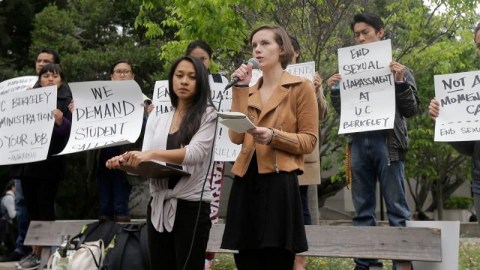
Every professional organization of scientists has a code of ethics and/or conduct. Why not apply it to their journals?
When it comes to exploring the Universe, many young people get literally starry-eyed at the prospect. The cosmic story of what the Universe is, how it works, where it came from, what its fate is, and how it got to be this way, is a story we all have in common. Millions of children grow up wanting to be scientists; millions still pursue this dream in college and beyond. While some choose other fields or avenues for a variety of reasons, a great many people — particularly women and people of color — leave the field directly due to bullying and harassment. Enduring abuse shouldn’t be a required skill for a successful scientific career, and many people and organizations are working tirelessly to root out this systemic injustice.
Many have claimed that this is a complex problem with no easy solutions. But there is a simple solution right in front of us, for every field. If the publishers of scientific journals everywhere enforced a universal code of ethics — if you violate the code, you cannot publish your scientific work — systematic bullies and harassers would be eliminated from their fields. It’s a proposal that demands consideration.
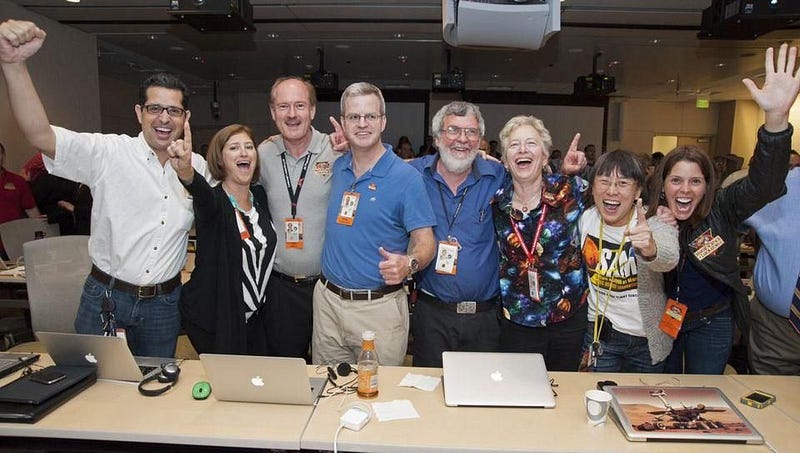
In 2017, scientists conducted the largest, most comprehensive study ever of gendered and racial harassment in the fields of astronomy and planetary science. From the women who responded, 85% reported encountering sexist remarks, with 79% reporting sexist remarks from their peers and 44% reporting sexist remarks from their supervisors. Among all people of color, 68% experienced racist remarks, with 58% reporting racist remarks from their peers and 10% reporting it from their own supervisors. When the #astroSH hashtag trended on Twitter back in 2016, hundreds of stories emergedfrom people who were bullied and harassed, often to the point where they wound up leaving the field.
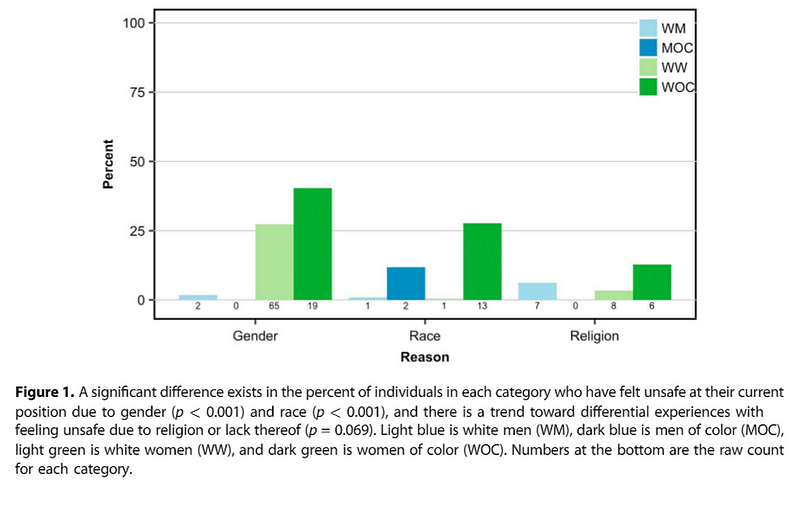
Some people have pointed to the most notorious individual offenders such as Geoff Marcy, Tim Slater, Lawrence Krauss, and Christian Ott as a few bad apples, but the problem is far more widespread than that. Junior researchers who are bullied and harassed often face this from their superiors, and are often branded as “troublemakers” if and when they do speak out, further harming their academic prospects. In 2016, the American Astronomical Society (AAS) took the tremendous step of banning scientists who violate the society’s code of ethics from attending their annual meetings. By extending this ban to the society’s journals — which include the prestigious Astrophysical Journal, Astronomical Journal, and the Research Notes of the AAS — here’s how the AAS could take the lead in ending bullying and harassment in the sciences.
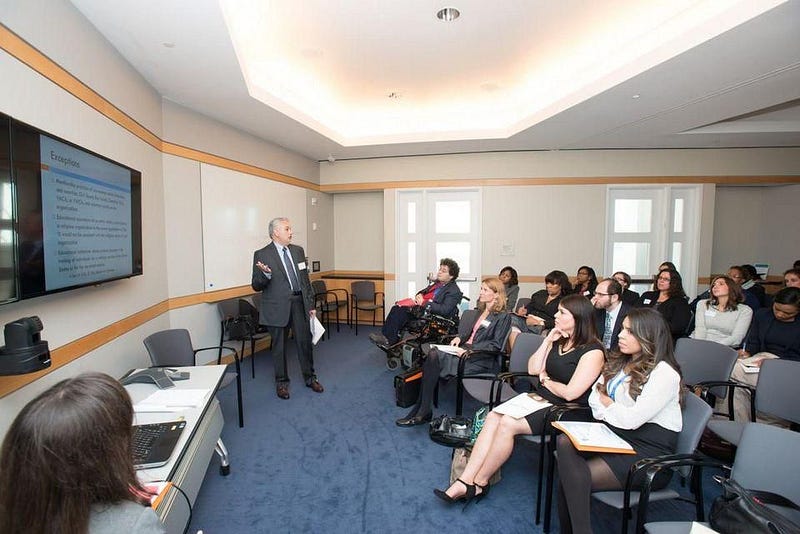
It must be clear that the focus needs to be placed on those who bully, harass, and behave in a professionally inappropriate and unacceptable fashion. There are a great many victims who don’t file formal complaints because they often suffer retaliation, while the perpetrator often faces no real consequences for their unacceptable behavior. A professional society cannot control the actions of its members, but it can control what its rules are for authors who wish to submit to their journals. Publications are routinely rejected for improper formatting, content, or ad hominem attacks in their submissions. Restricting publications on these grounds is commonplace, and is universally regarded to not harm the underlying science.
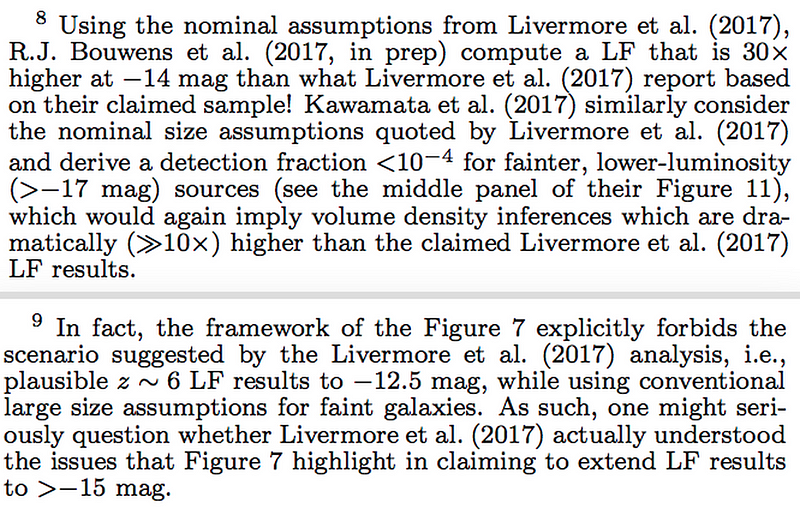
So why not craft a consistent policy that would actually punish the bullies, harassers, and abusers in a way that harms them in the one way they’ve amassed power: in their scientific lives? When a senior person harasses a junior person, people often fear siding with the junior person because of the backlash they’ll experience owing to the senior person’s professional clout. Junior scientists might not have enough leverage over the senior harassers to do anything meaningful about it. But the journals do. The fact that professional societies like the AAS already have a code of conduct/ethics for their members means there’s already a precedent for defining and enforcing acceptable versus unacceptable behavior. The next sensible step is to apply that same code to the authors who publish in their journals.
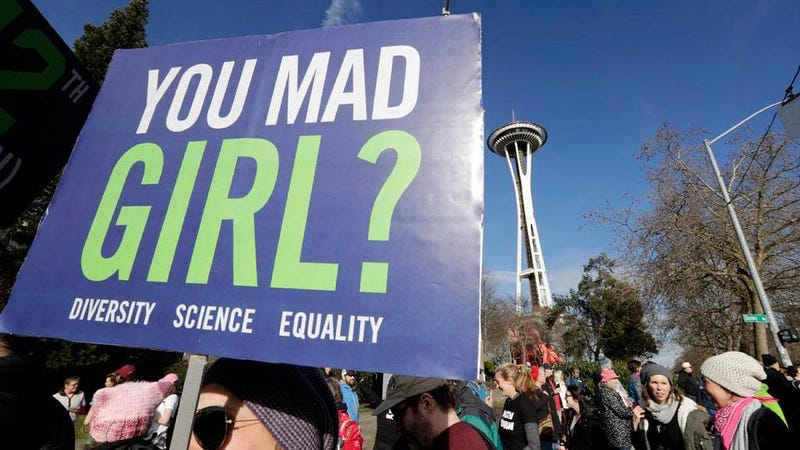
Nominally, when authors submit a scientific paper, they click a box avowing that they agree to abide by the rules that the publisher has laid out. The addition of a single paragraph would immediately give the journals the authority to revoke the publishing privileges of a known bully, harasser, or abuser. It could be as simple* as this:
By submitting this paper for consideration in an AAS Journal, each author agrees to abide by the AAS code of conduct/ethics in their treatment of other members of AAS and of the astronomical community. The authors understand that failure to conduct themselves in an appropriate manner, not only in AAS journals but in all aspects of their professional lives, will result in the revocation of their privilege to publish in this or any other AAS journal.
Bad behavior is a widespread problem all over the world in a huge variety of fields. It is not exclusive to the sciences, and within the sciences, there is no evidence that it’s more prevalent in the field of astronomy than it is in other fields such as mathematics, computer science, or physics, for example. But acknowledging that it is also bad in other places does not absolve anyone of the responsibility to root out the bad actors who pervade their own disciplines.
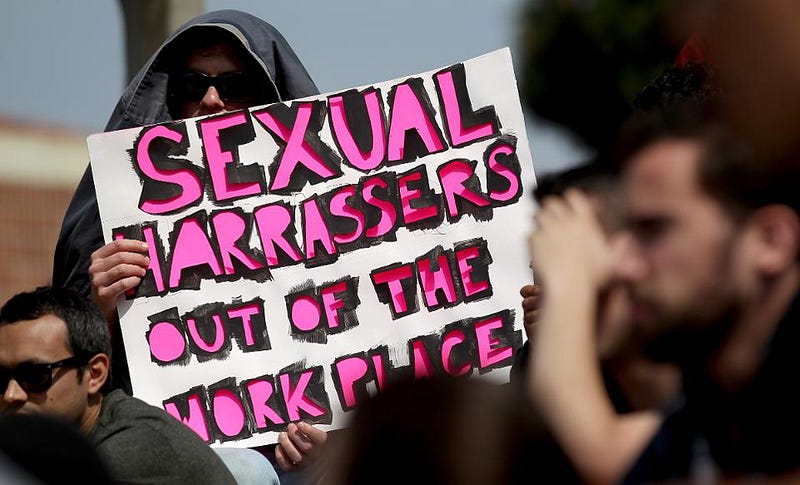
The most common counterargument to instituting a policy like this is the fear that people who aren’t bullies or harassers will be lumped in with them, and punished for a misinterpreted action. To be clear: no one is advocating banning authors for one mild violation. People need room to make mistakes, to learn, and to grow. But egregiously bad behavior, repeated unwanted advances and behavior, and continued harassment of the same individual — even if that individual once showed professional or even personal interest in you — is indeed grounds for this type of punishment. To those fearful of a witch hunt: it’s only a witch hunt if you convict or condemn innocent people. Punishing the guilty offenders who have gotten away with bullying and harassment for years or decades is quite the opposite of a witch hunt. It’s justice and protection for past, present, and potentially future victims.

We cannot rely on individual departments or colleges/universities to protect the victims of academic bullying or harassment. Decades of inaction and inadequate action have shown that senior faculty members will continue to engage in unacceptable behavior unless there are real consequences that threaten to take their power away. Their academic careers, however, are based in their ability to successfully publish their work and results in prestigious and meritorious journals, and therefore it is truly the publishers who hold the power to police their actions. If we are serious about solving our bullying and harassment problems, and making scientific research opportunities truly the open and merit-based game we idealize them to be, we can take this next great step. We can not only condemn, but forbid, the unacceptable behavior that continues to cost our fields so many of our best and brightest minds.
(* — Note: this recommendation and assessment is not meant to be exclusive to the American Astronomical Society. The author discloses that he is a longtime member of that particular professional society and so it is the one he is choosing to use as an illustrative example.)
Ethan Siegel is the author of Beyond the Galaxy and Treknology. You can pre-order his third book, currently in development: the Encyclopaedia Cosmologica.




